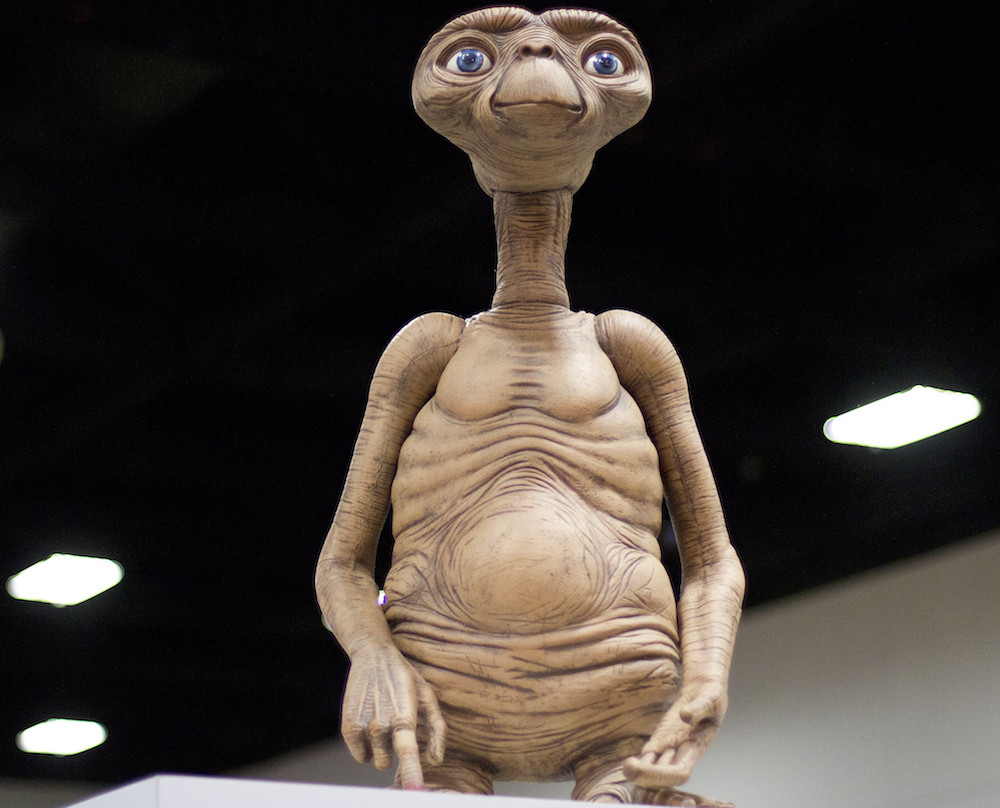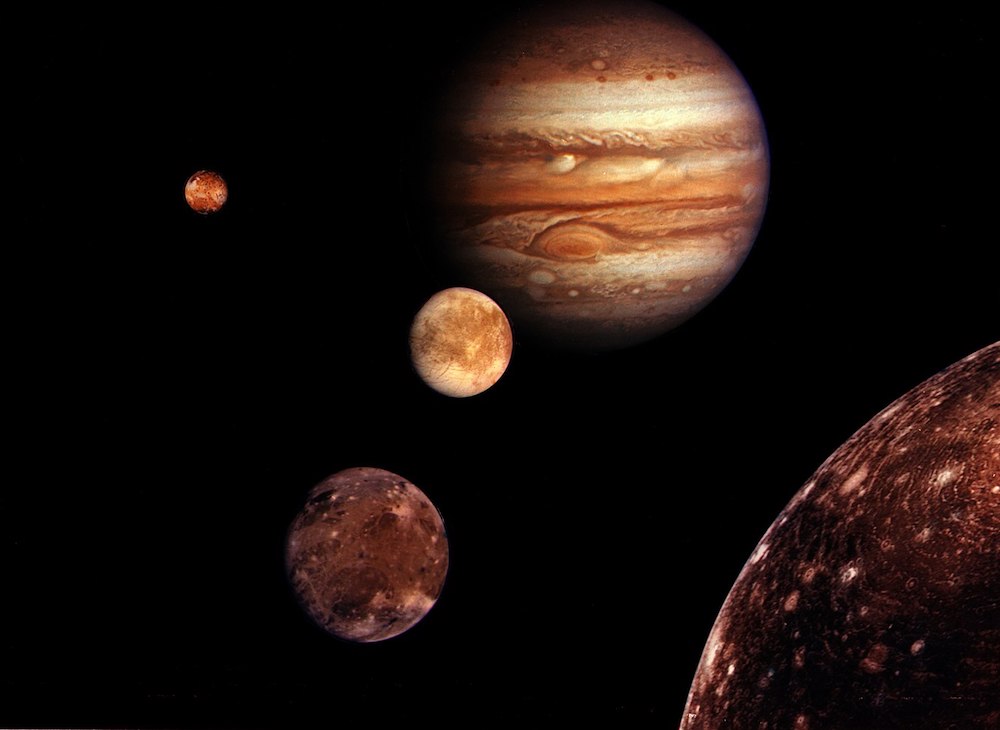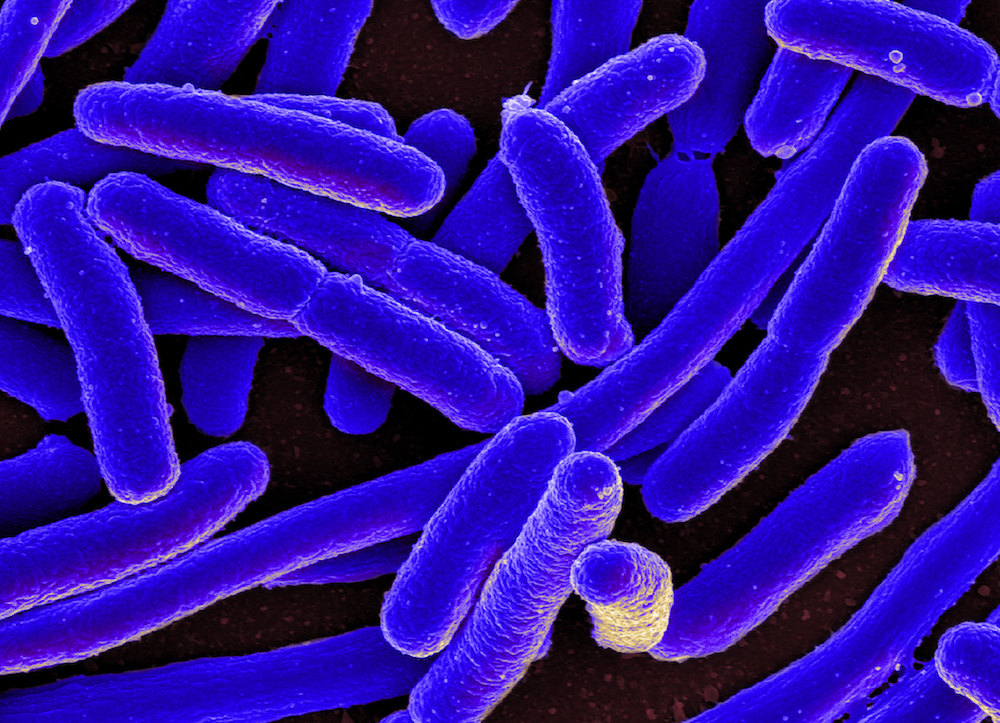What If There Is Life on Venus?
In the throes of a pandemic that has underscored the fragility of human life on Earth, news has come of possible life on another planet, with the detection of phosphine (PH3) gas in the atmosphere of Earth’s cosmological next-door neighbor, Venus.
On Earth, phosphine is produced by microbes, so its presence in Venusian clouds points to the existence of similar forms of microbial life. The biophysicist Harold Morowitz and planetary scientist and author Carl Sagan first postulated the possibility of biological life in the clouds of Venus back in 1967, and some speculation lingered across the decades. However, most scientists had given up on finding life on the inhospitably hot planet.
Thus, the phosphine discovery by an international team of astronomers, published by Nature Astronomy in September, has surprised and animated scientists and the larger public all over the world. But, as with all reputable scientists, the researchers themselves have been quick to downplay the significance of their “crazy finding,” pointing out the possibility that some other unknown chemical mechanism might explain the presence of phosphine.
Regardless of what future missions will reveal about Earth’s “sister planet,” who wouldn’t be excited at the prospect of extraterrestrial life? Like many people, when I was a kid my friends and I constantly debated whether humans were alone in the galaxy; we pored over old encyclopedias and articles about alien civilizations.
Today exploring the solar system for signs of alien life is considered the province of astrobiologists, who use spacecraft equipped with sophisticated probes (such as NASA’s Phoenix Mars Lander and the proposed Europa Lander) to detect “biosignatures” on distant planets.
But the prospect of extraterrestrial life also raises deeply anthropological questions about understandings of life itself—its diversity and evolution—and how humans fit within the cosmos. My fellow anthropologists have had much to say about this subject.
Anthropologists have long been interested in distant “others”—imagined or real. Often, when 19th- and early 20th-century Euro-American anthropologists were sent to study “others” on behalf of colonialist and imperialist governments, their fears, anxieties, and biases led them to narrate their first encounters with non-Western peoples as meetings between strangers from entirely different planets.
Recounting this moment of “first contact” between unfamiliar groups has become a common narrative trope in science fiction—from British author H.G. Wells’ The War of the Worlds, published in 1898, to a recent favorite of mine, Chinese writer Cixin Liu’s hit trilogy Remembrance of Earth’s Past, which imagines how humans would behave when faced with technologically advanced cosmic civilizations. It’s also a familiar theme in films, from the 1902 French short Le Voyage dans la Lune to the 2016 U.S. feature-length film Arrival.
More recently, as anthropology has wrestled with the field’s colonial past and its own blind spots, anthropologists have cautioned against this narrative trope of “first contact.” That cliché often relies on fantasies of conquest and reenactments of the painful horrors of colonial histories, such as the enslavement of Native Americans in the U.S.
Anthropology speaks to questions about the cosmos in more indirect ways as well. Rather than assuming the universality of a Euro-American worldview that places humans at the center, anthropologists have explored how cultures locate the place of humans in relation to the other inhabitants of their cosmologies, which include animals, gods, demons, and other entities in this world and beyond.
In other words, anthropologists look at the diverse ways that human understandings expand beyond the earthly realm and into the cosmic and the divine. After all, as anthropologists Debbora Battaglia, David Valentine, and Valerie Olson write in a 2015 essay about the anthropology of outer space: “Humans incorporate entire universes in their worlds.”
More recently, some anthropologists have turned their attention to astronomy and astrobiology. This work looks at how the planetary sciences are themselves shaped by a specific “cosmic imagination” or ways of understanding the place of humans in the cosmos.
This brings us back to the Venusian microbes.
Up until the start of the Space Age in the 1950s, people imagined planets to be potentially inhabited by macroscopic organisms, from canal-building Martians to dinosaur-like, swamp-dwelling Venusians. Such visions, however, have been shattered by the data retrieved by space probes and satellites.
Today, after having landed on, orbited, or flown by all the known planets, scientists have all but ruled out the possibility of alien civilizations. They have instead increasingly focused their search for extraterrestrial life on microscopic life-forms.
Anthropologists have long been interested in distant “others”—imagined or real.
In her 2016 ethnography Placing Outer Space, anthropologist Lisa Messeri explores how astrobiologists come to understand distant, alien planets as familiar, knowable places in their search for habitable worlds. She shows how ways of thinking about the place of Earth within the universe have changed over time as scientists’ ideas of life itself have changed.
By contrast, today’s astrobiologists are grounded in current scientific understandings of microbial life on Earth. Scientists have increasingly recognized the tenacity of microbes and their ability to live in unexpected places—and this very tenacity is raising hopes that microbes can be found in extreme environments elsewhere in the universe.
One key moment in this turn toward microbial life was the 1996 discovery reported in Science of what appeared to be microscopic fossils of nanobacteria in the meteorite ALH84001. The meteorite, found by NASA scientists working in Antarctica but thought to have originated from Mars, received such attention that then-U.S. President Bill Clinton held a press conference on the finding, where he declared: “If this discovery is confirmed, it will surely be one of the most stunning insights into our universe that science has ever uncovered.”
The scientific consensus soon emerged that the fossil-like patterns inside the rock did not necessarily point to the existence of alien life. Nevertheless, the episode marked a turning point for the field of astrobiology.
Scientists today are quick to point out that they are still basing their models on life as we know it: Carbon-based and reliant on organic compounds and water. (That’s why Enceladus, a moon of Saturn, and Europa, a moon of Jupiter, are alluring to scientists: They hold oceans under their icy surfaces.)
While there have been calls among scientists to broaden their paradigms to include the search for “weird life” that doesn’t conform to these models, by and large astrobiologists have continued to follow Earth-based criteria when looking for evidence of past and present microbial life on other planets.
Mirroring this turn in astrobiology is the emergent interest in the anthropology of microbes. Anthropologists are exploring how humans interact with microbes in benign and noxious ways, both on and off Earth. The awareness that “microbes are the dominant life-form on the planet” is leading to newly recognized forms of social interactions, from dietary trends focused on harnessing “good bacteria” by eating more fermented foods to handwashing to avoid viral infection.
How microbes seem to defy natural laws—their “otherness”—is part of the fascination.
If and when it is found, microbial life outside Earth—whether in the cloud decks of Venus, the oceans of Europa, or the subterranean chambers of Mars—will further extend the anthropological gaze beyond Earth’s atmosphere.
The discovery of possible evidence of alien microbes on Venus may constitute a “minimalist” version of people’s expectations of extraterrestrial life—but it is still relaunching age-old discussions about humanity’s place in the world, and our world’s place in the universe. As Messeri suggests, astrobiologists see the search for habitable exoplanets—planets that orbit stars other than the sun—as valuable in part because of the potential to make humans feel less alone in the cosmos.
If nothing else, the new finding reminds Earthlings that there’s much we do not know about life itself. Contrary to conceptions of microbes as “simple” life-forms, they are incredibly diverse and complex. Hopefully, this attention to them can also bring about a sense of humility, which will surely benefit a species brought to its knees not by alien invaders, but by a coronavirus spread through microscopic droplets.
As we navigate a cosmos filled with other forms of existence—imagined and real, large and small, past and present—these words of Liu are worth bearing in mind: “The universe is big, but life is bigger.”



































